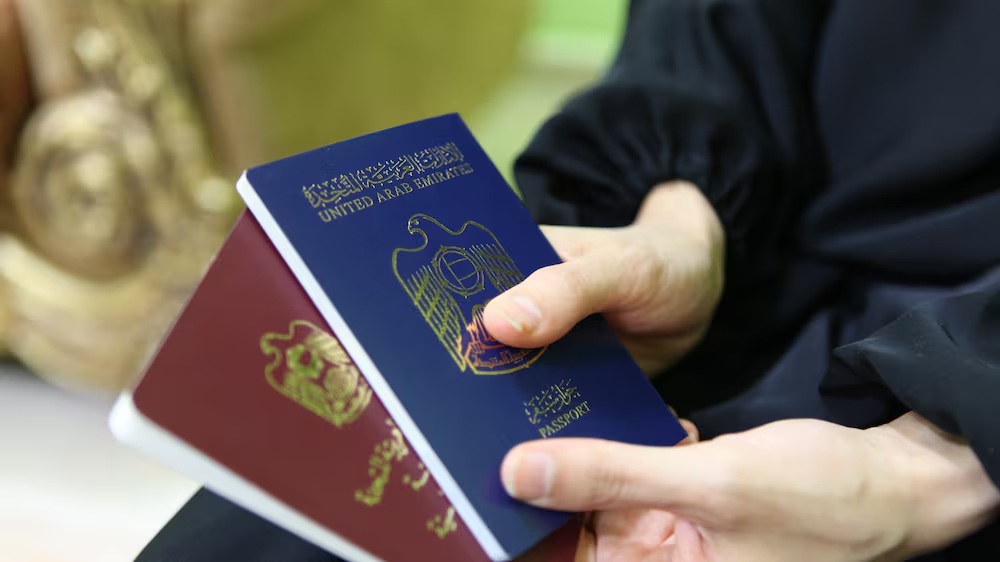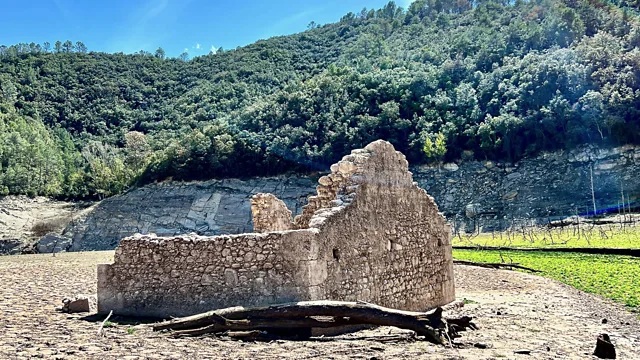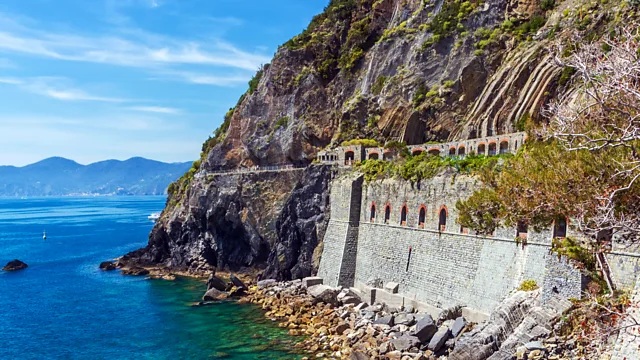
MUNICH (DPA): Don’t trust every route description found online, warn experts.
More than 100 pupils and teachers from Germany had to be rescued by helicopter after getting into trouble in the Austrian Alps. The 99 youths aged 12 to 14 and eight teachers were on a route in the scenic valley of Kleinwalsertal that was too difficult for their equipment and abilities, the police said following the rescue operation.
The teachers had chosen the route based on misleading information from the internet.
On the net, the route had been described as a “classic after-work round,” the police explained. “In fact, the narrow Heuberggrat is a partly exposed path with climbing passages that require a head for heights, surefootedness, and experience in Alpine terrain.” In addition, the ground was wet and slippery.

“Unfortunately some tour descriptions do not accurately reflect the difficulty level of a route and the potential for danger,” Stefan Winter from Germany’s Alpine Association (DAV) tells Deutsche Presse-Agentur (dpa).
According to Roland Ampenberger, spokesperson for the mountain rescue service in the southern German state of Bavaria, there are two big challenges when it comes to choosing a suitable hiking route: Verifying the available information and making sure the tour matches your plans and skills.
Unfortunately, there are more and more “extremely irresponsible entries that lead to life-threatening situations,” like the one the group from Germany had found online, says Andi Haid, mayor of Mittelberg in Kleinwalsertal.
According to Winter, the biggest issue with uncertified hiking tips is that the author’s level of experience and fitness is often not apparent. “An experienced pro climber might describe a medium tour as easy, while beginners could already be reaching their limit on the same route,” he says.
Winter, therefore, recommends always trying to find out more about the author of a tour description, for example by checking the website’s imprint.
According to Ampenberger from the mountain rescue service, it’s safest to choose tours that have been certified by tourism and alpine associations.

Many hiking enthusiasts are now also using apps that offer a wide range of tours.
However, you should keep in mind that they too are not always perfectly reliable, the experts warn.
In Germany, three hikers died in the Bavarian Alps in March after deviating from their original tour, following the alternative route suggested by an app instead.
“Many people today are used to public transportation apps and then expect an app to work just as reliably in nature, but that doesn’t translate one-to-one to the mountains,” Ampenberger says.
It’s important to keep an eye on your surroundings, he warns, and not let yourself be guided exclusively by the app.
Pictures of gorgeous views in the mountains posted on social media can also be a problem, the expert says, as they don’t betray how difficult it might have been to get to that spot.
First and foremost, going on an Alpine hike requires thorough planning, says Winter. The beautiful snap at the end is merely the cherry on the cake.
The post Online suggestions for mountain hikes can lead you astray appeared first on The Frontier Post.








